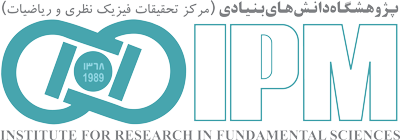“School of Physics”
Back to Papers HomeBack to Papers of School of Physics
| Paper IPM / P / 17148 | ||||||||||||||||||||||||||
|
||||||||||||||||||||||||||
| Abstract: | ||||||||||||||||||||||||||
|
Ever since global warming emerged as a serious issue, the development of promising thermoelectric
materials has been one of the main hot topics of material science. In this work, we provide an in-depth understanding of the thermoelectric properties of X2YH2 monolayers (X=Si, Ge; Y=P, As, Sb, Bi) using the density functional theory combined with the Boltzmann transport equation. The results indicate that the monolayers have very low lattice thermal conductivities in the range of 0.09-0.27 Wm−1K−1 at room temperature, which are correlated with the atomic masses of primitive cells. Ge2PH2 and Si2SbH2 possess the highest mobilities for hole (1894 cm2V−1s−1) and electron (1629 cm2V−1s−1 ),
respectively. Si2BiH2 shows the largest room-temperature figure of merit, ZT = 2.85 in the n-type doping (∼ 3 × 1012 cm−2 ), which is predicted to reach 3.49 at 800 K. Additionally, Si2SbH2 and Si2AsH2 are found to have considerable ZT values above 2 at room temperature. Our findings suggest that the mentioned monolayers are more efficient than the traditional thermoelectric materials such as Bi2Te3
and stimulate experimental efforts for novel syntheses and applications.
Download TeX format |
||||||||||||||||||||||||||
| back to top | ||||||||||||||||||||||||||



















